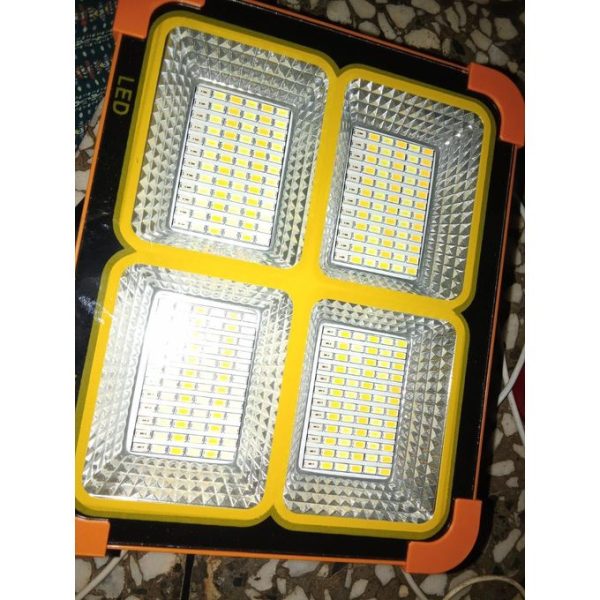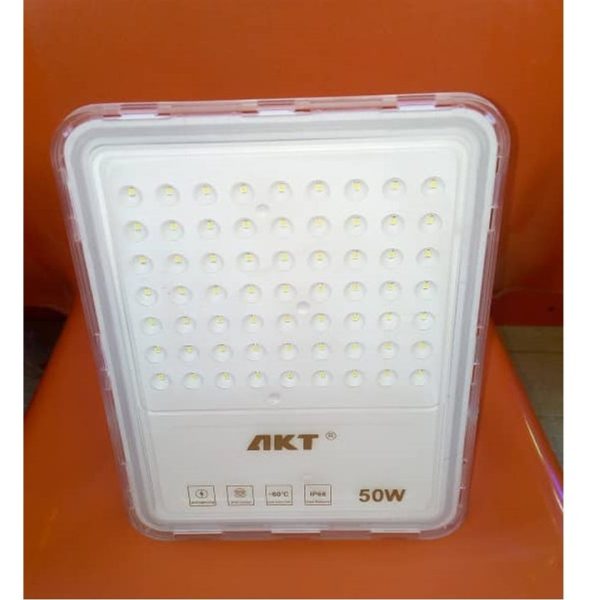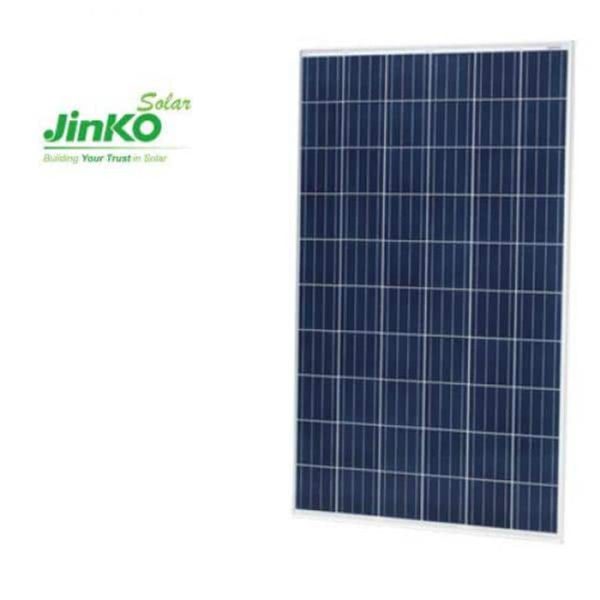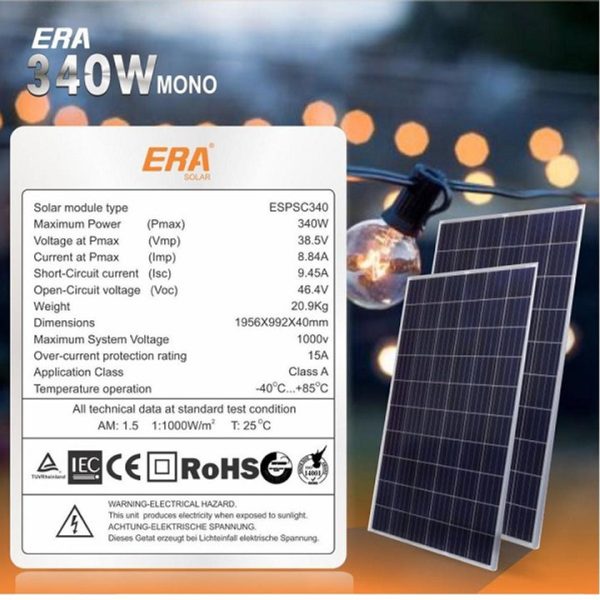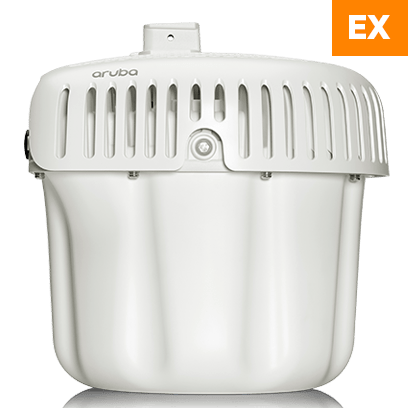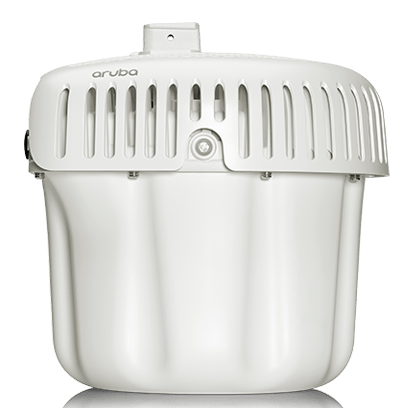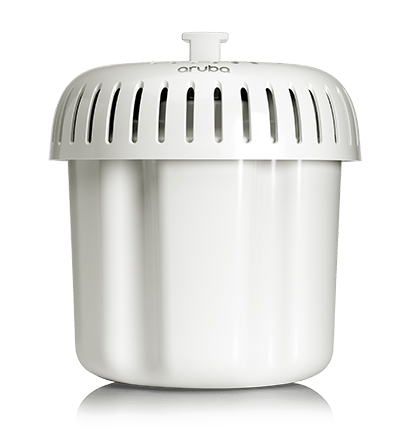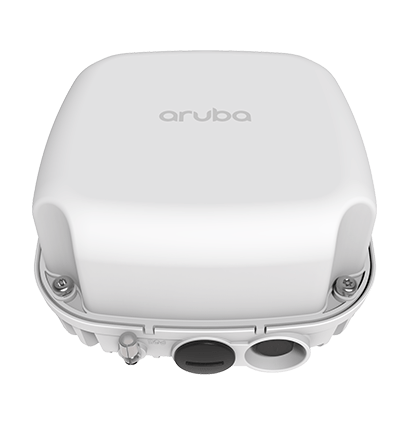Product Inquiry Form
Description
Exceptional performance with Wi-Fi 6 that’s ideal for hazardous environments such as oil rigs, industrial manufacturing, and transportation sites.
Ultimate performance and speed for hazardous environments
Weatherproof and temperature hardened Wi-Fi 6 APs with flexible power options that are purpose built to survive in hazardous locations.
High Wi-Fi 6 performance for harshest outdoor and hazardous indoor environments
Support for hazardous environments such as oil rigs, industrial manufacturing, and transportation sites.
HazLoc Class 1 Division 2, ATEX Zone 2, and IP66 certified for hazardous locations
Delivers impressive multi-gigabit performance and speed with a maximum aggregate data rate of 2.97 Gbps in extreme weather conditions (-40 to +65˚C).
High power Bluetooth 5 and 802.15.4/Zigbee
Simplifies deployment and management of IoT devices for industrial IoT and manufacturing environments.
Wi-Fi 6 certification*
Improve efficiency and security with Wi-Fi 6 capabilities including MU-MIMO, OFDMA, WPA3, and Enhanced Open.
*Wi-Fi 6 certification coming soon
Automatic role-based access enforcement
Centrally configure and automatically enforce role-based policies across wired and wireless networks using Dynamic Segmentation and Policy Enforcement Firewalls.
5 Gbps Smart Rate Ethernet
With 5 Gbps capacity, the 580EX Series meets the needs of high-density environments and provides business continuity.
Powerful power options
Option to connect using direct AC power – no adapter required, PSE+, or PoE.

Details and Specifications for the Aruba 580EX Series APs
| Hardware Variants |
|---|
|
| Wi-Fi Radio Specifications |
|---|
|

